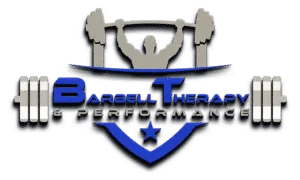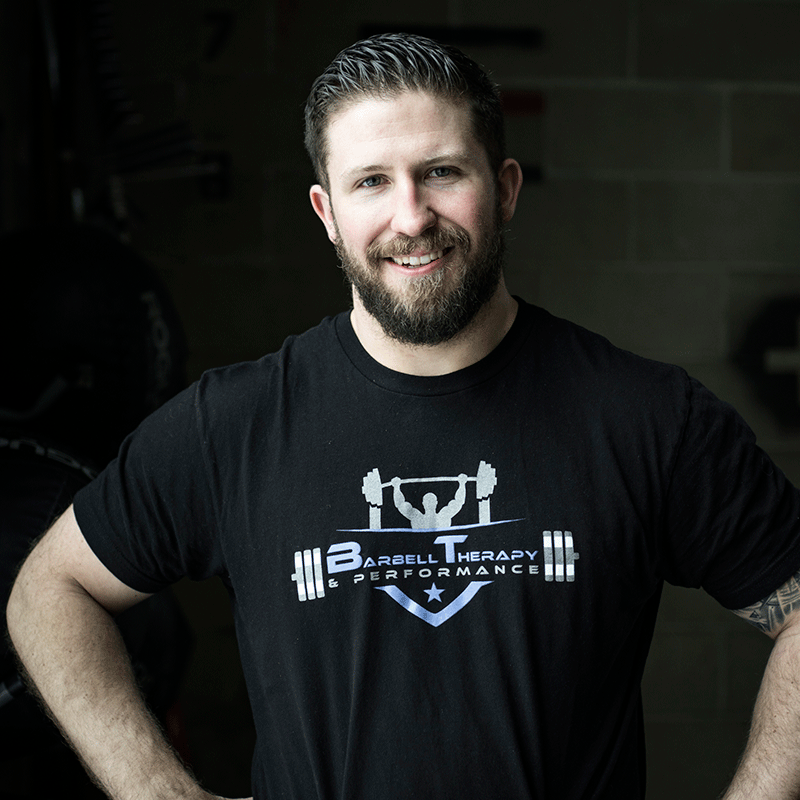Initially in rehab with patients experiencing low back pain, we will try to remove whatever stimulus is causing symptoms in order to allow for long-term recovery; scabs heal a lot faster when we stop picking at them, even the scab is neurological. For a lot of lifters this leads to clinicians taking deadlifts and squats out of their trainable weightlifting menu; but what if deadlifts are not the problem and lack of movement variability throughout the day is?
In Physical Therapy, we take ownership of the two hour rule; if an exercise you do with us in PT causes symptoms within two hours that is likely within reason, we had something to do with that. Longer periods of time though, allow for way too many contributing factors that could cause symptoms and direct cause becomes convoluted.
A lot of the time, patients may complain of back pain the day following deadlifts. Coincidentally they fail to mention how they sit all morning at work, rush to the gym on lunch break, do a minimal warm up, rip some working sets, and then go back to sitting in the afternoon and evening at work. This lack of movement variability and minimal warm up period could be the true culprits and give deadlifts a bad look.
We need to be more conscious throughout the day of our environment and positions we spend time in. Adding movement variability by taking two walks can have huge benefits for patients with back pain; it breaks up sitting and for desk workers and a common problem solver is drinking more water. This causes us to use the restroom more, and while we are up, refill the water bottle and keep the cycle turning.
Patients are often surprised that one magic exercise won’t immediately fix the issue; sometimes they are unintentionally doing this to themselves. Most of the time patients need to spend less time in a car or sitting for long periods of time to decrease low back pain symptoms.
Some patients are even afraid of going into spine extension because of past pain and traumas. We need to expose them slowly, in pain free ranges, to show that extension of the spine is safe and normal when nerves are not irritated, just like extending your elbow to normal end range; the thing is we need to do this frequently.
Repeated motions are often used with our low back pain patients as a way to grease the groove of movement and incrementally expose patients to spine extension in small, frequent doses… and improve pain free range of motion. Having patients spend time in prone extension or cobra pose can greatly help with intolerance to extension based positions. This is a great warm up exercise for individuals who experience low back pain with deadlifting if they lack movement variability throughout the day.
Repeated motions is also a great way to introduce neurodynamics. If we spend all day in flexion, placing a massive neurodynamic load on the body, of course we will feel nerve type discomfort and pain by tugging on them without warming up properly before deadlifts. Nerves are like our arms in a t-shirt. Too tight a sleeve, and the arm wont move as effortlessly around the skin of the arm; the arm is the nerve and the sleeve is the nerve’s tunnel. This nerve not gliding as easily can cause a loss in range of motion distally because the chord (nerve) is taught proximally. So, if we slack tight muscles, nerves will glide much easier- this is where manual therapy comes in to relax tight tissues temporarily.
In order to keep the active range of motion we gain, not through stretching, but through active mobility work, we need to load the joints affected soon after to help save these changes. Active mobility work will also add needed movement variability to more sedentary individuals daily lives.
Now should everyone spend more time in extension? No, that would be way too simplistic. Individuals who already spend a lot of time in extension might want to spend more time in flexion. In the same breath, if an individual has a flexion based injury, he will want to spend more time in extension, the vice versa is also true.
“Injuries and pain happen when activity exceeds capacity.” – Dr Erson P Religioso III
If someone who spends no time in extension hops into deadlifts, a primarily extension based exercise, yah it won’t feel great, so extend more regularly and add movement variability to your day.


